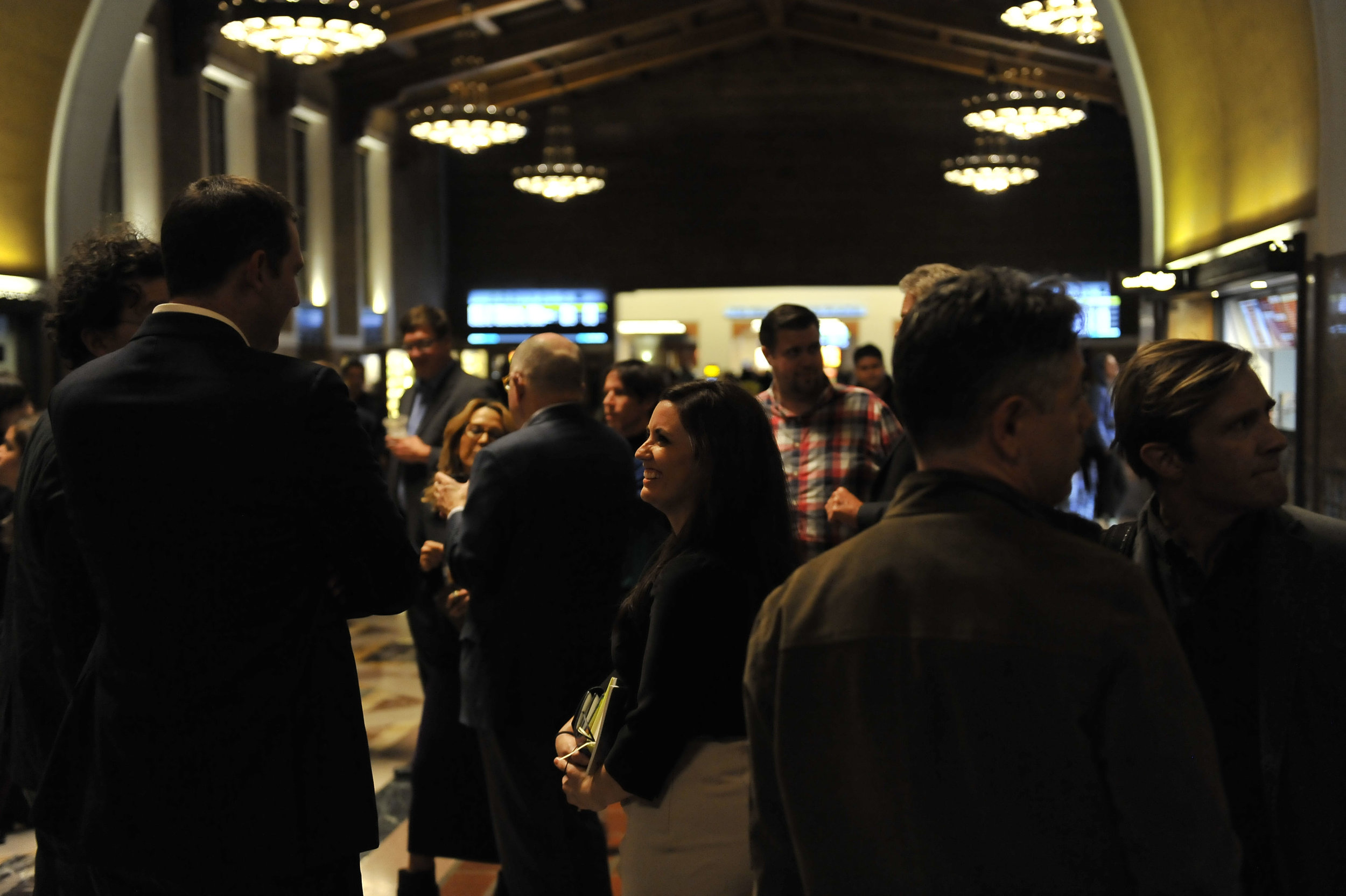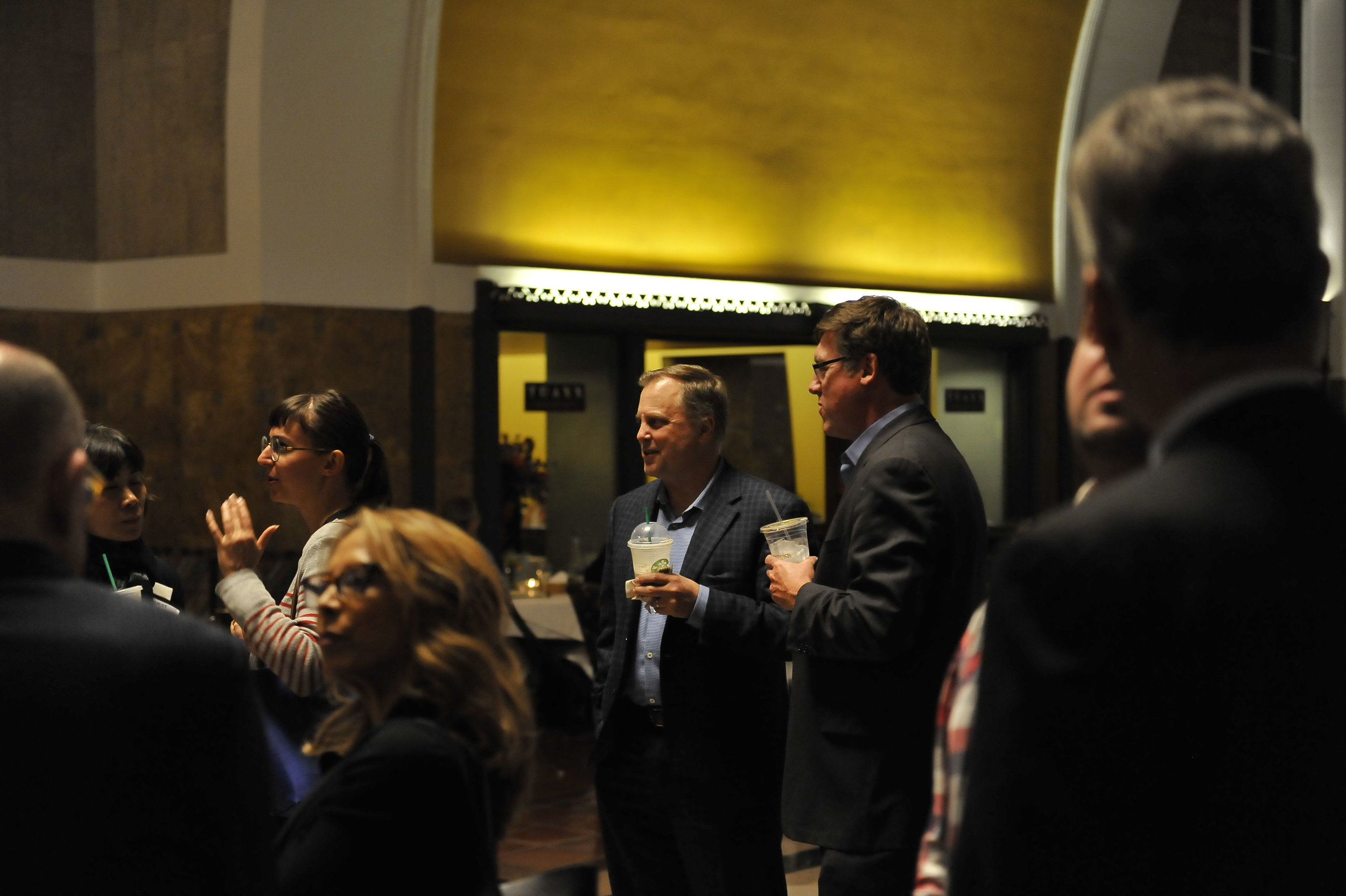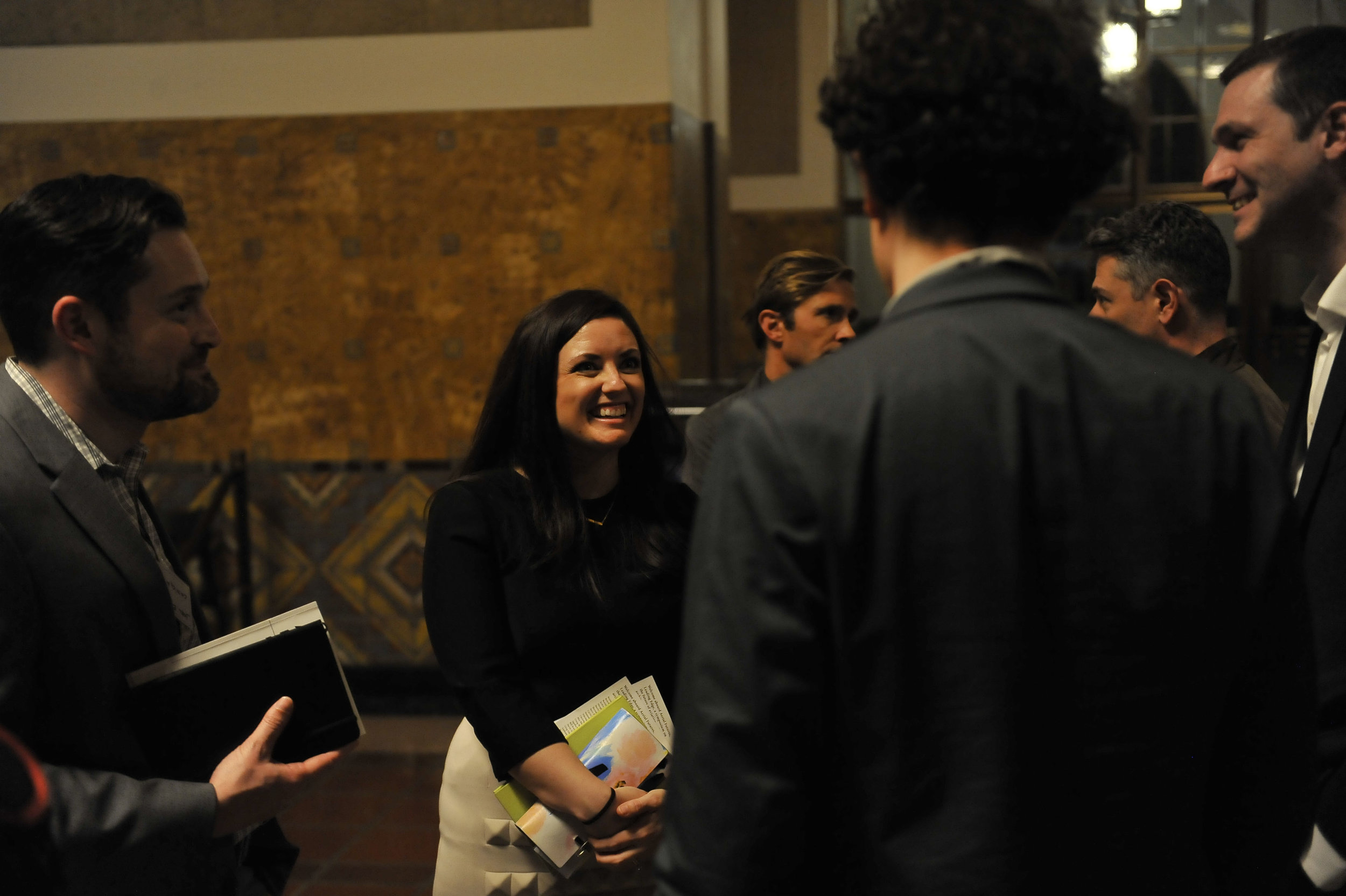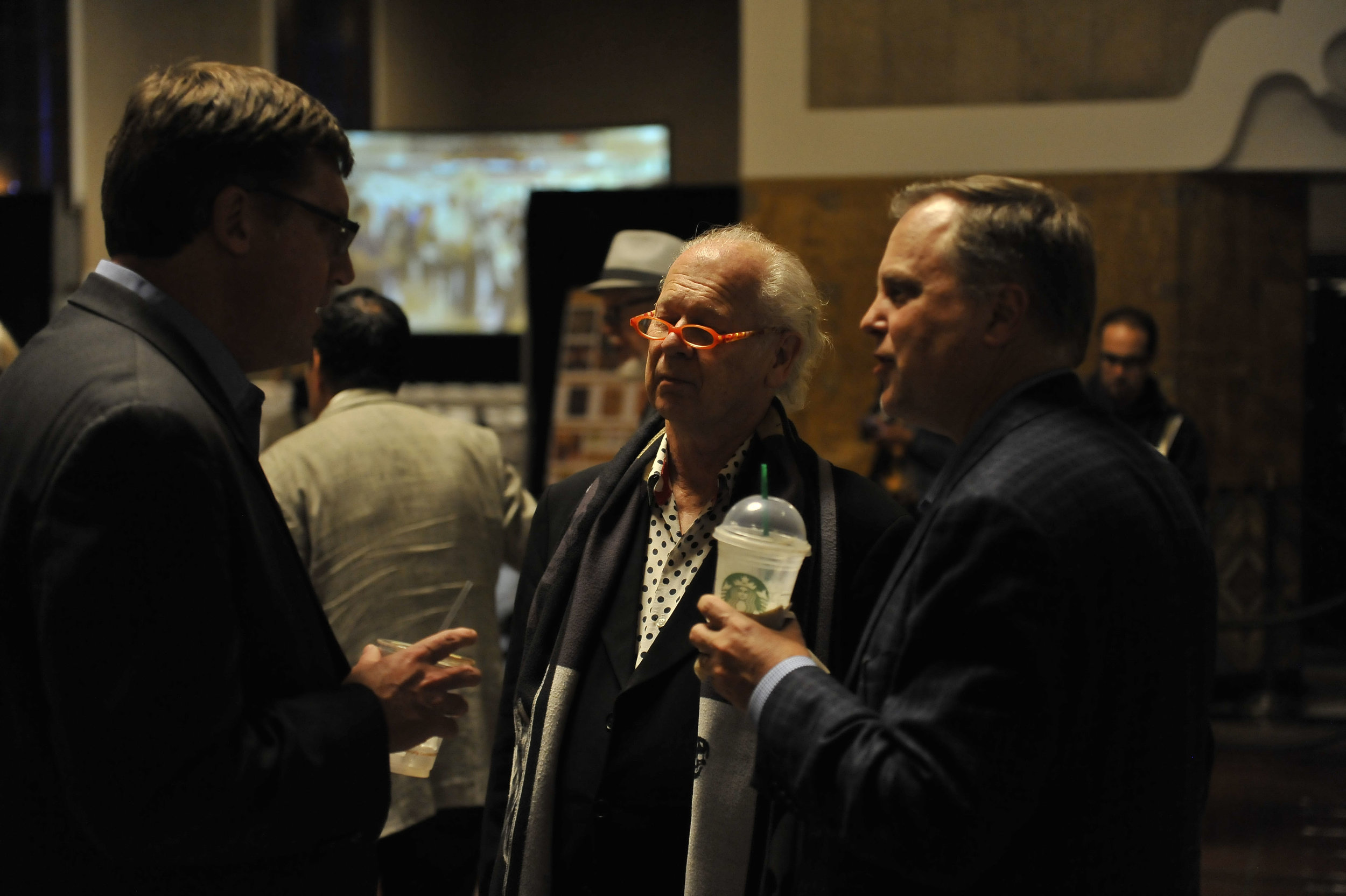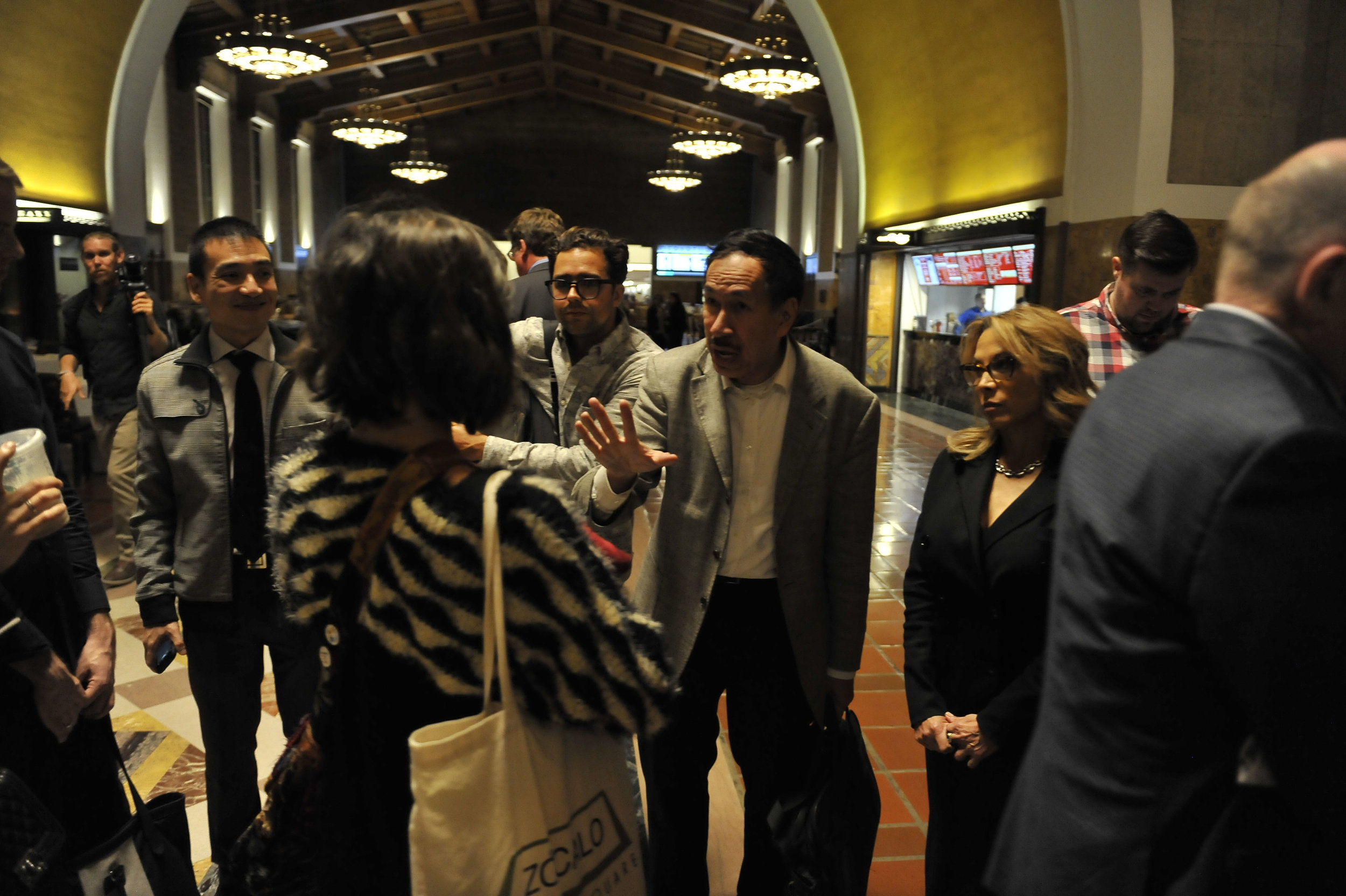AERIAL FUTURES: LEADING EDGE
November 2—3, 2017
Los Angeles, CA, USA
A symposium on the future of aviation and the architecture of international airports.
The number of people using airports has never been greater. AERIAL FUTURES: LEADING EDGE brought aviation design thinkers, practitioners, and industry influencers to Los Angeles to discuss this most prominent form of public architecture. Hosted by the A+D Architecture and Design Museum in Los Angeles, the symposium included a series of lectures and moderated panel discussions, professional workshops and intimate site visits to Los Angeles International Airport.
PROGRAM
See the full program of AERIAL FUTURE: LEADING EDGE:
SITE VISIT: LOS ANGELES INTERNATIONAL AIRPORT
Thursday, November 2, 2017
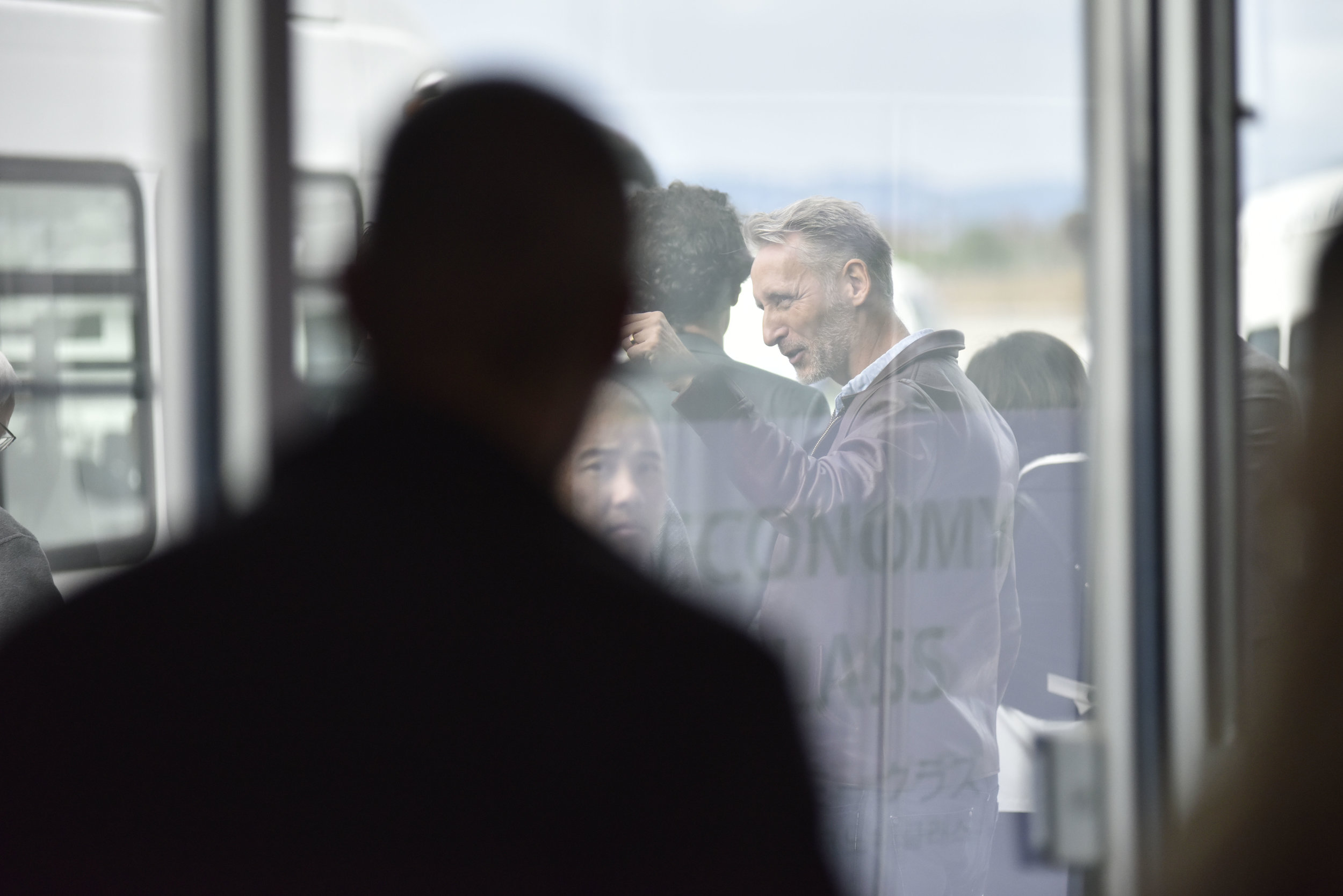

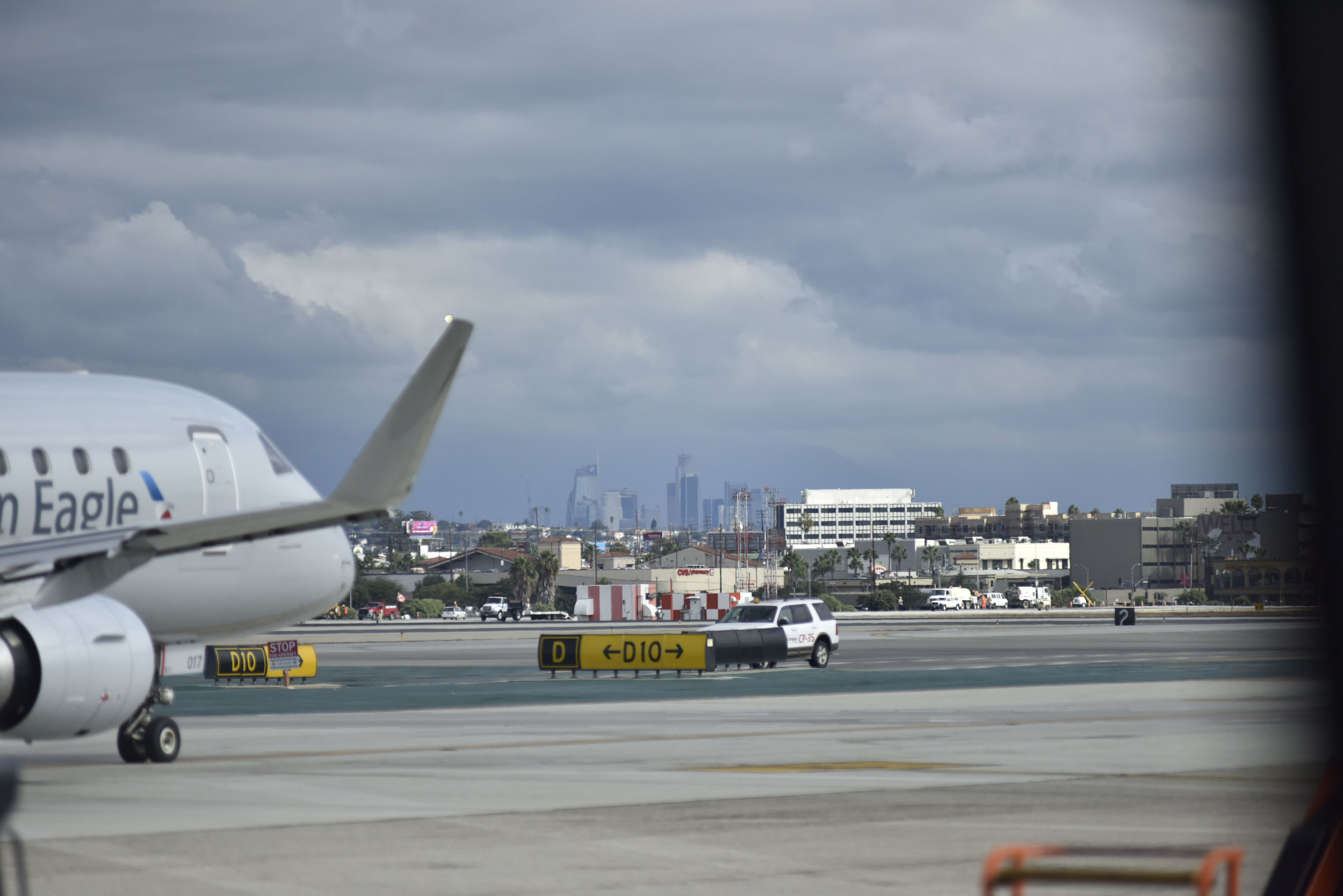

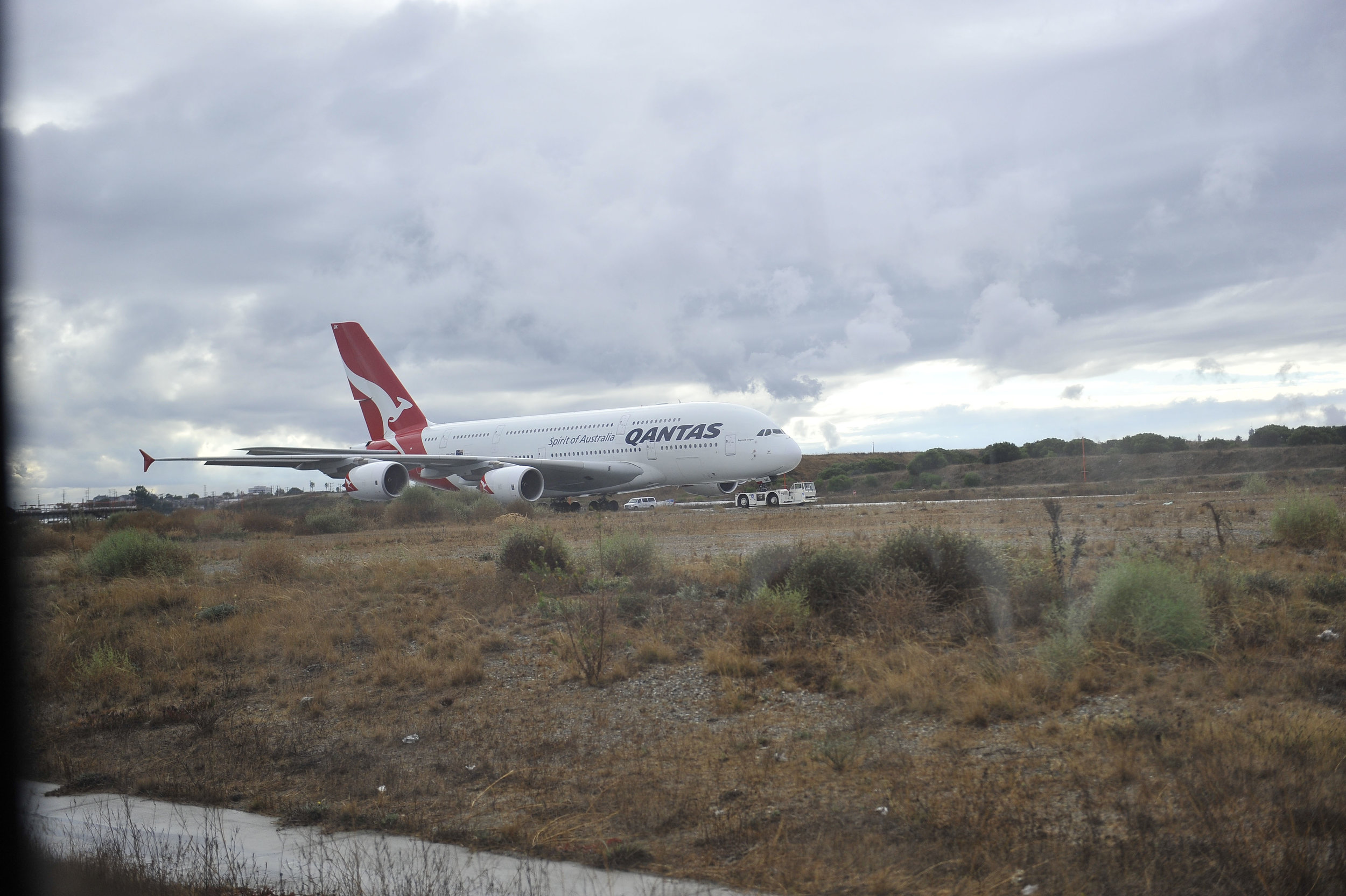
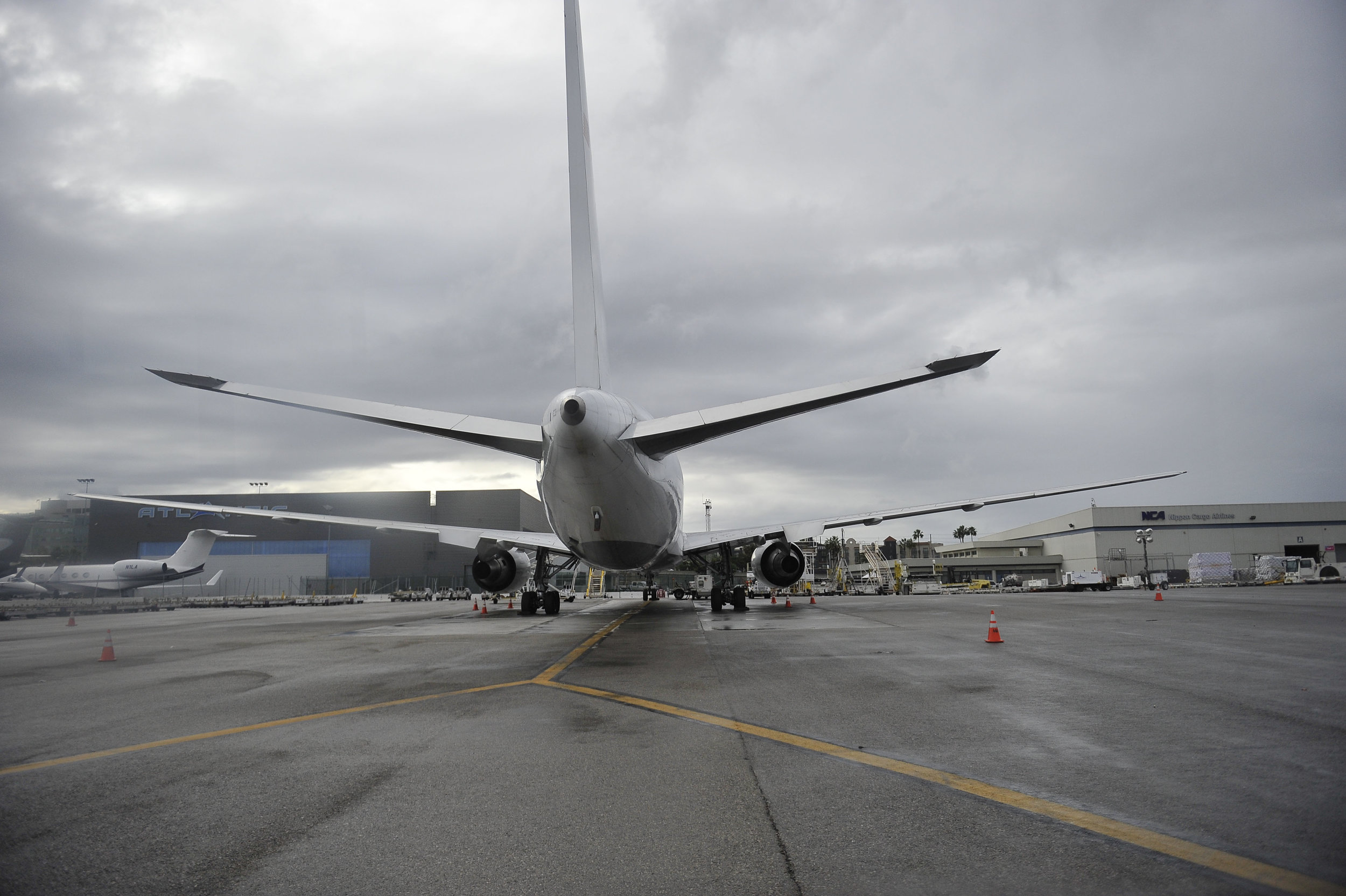


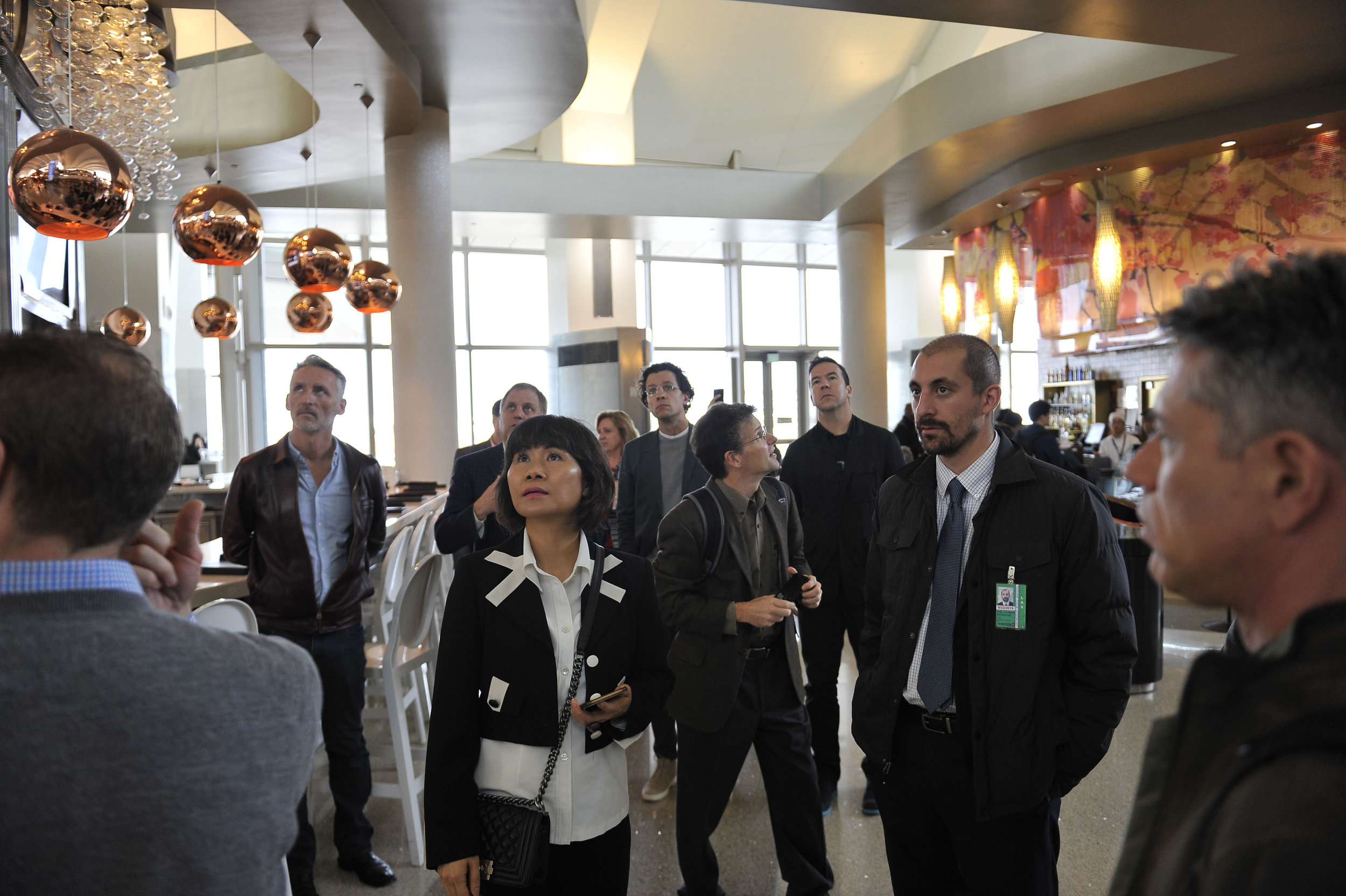
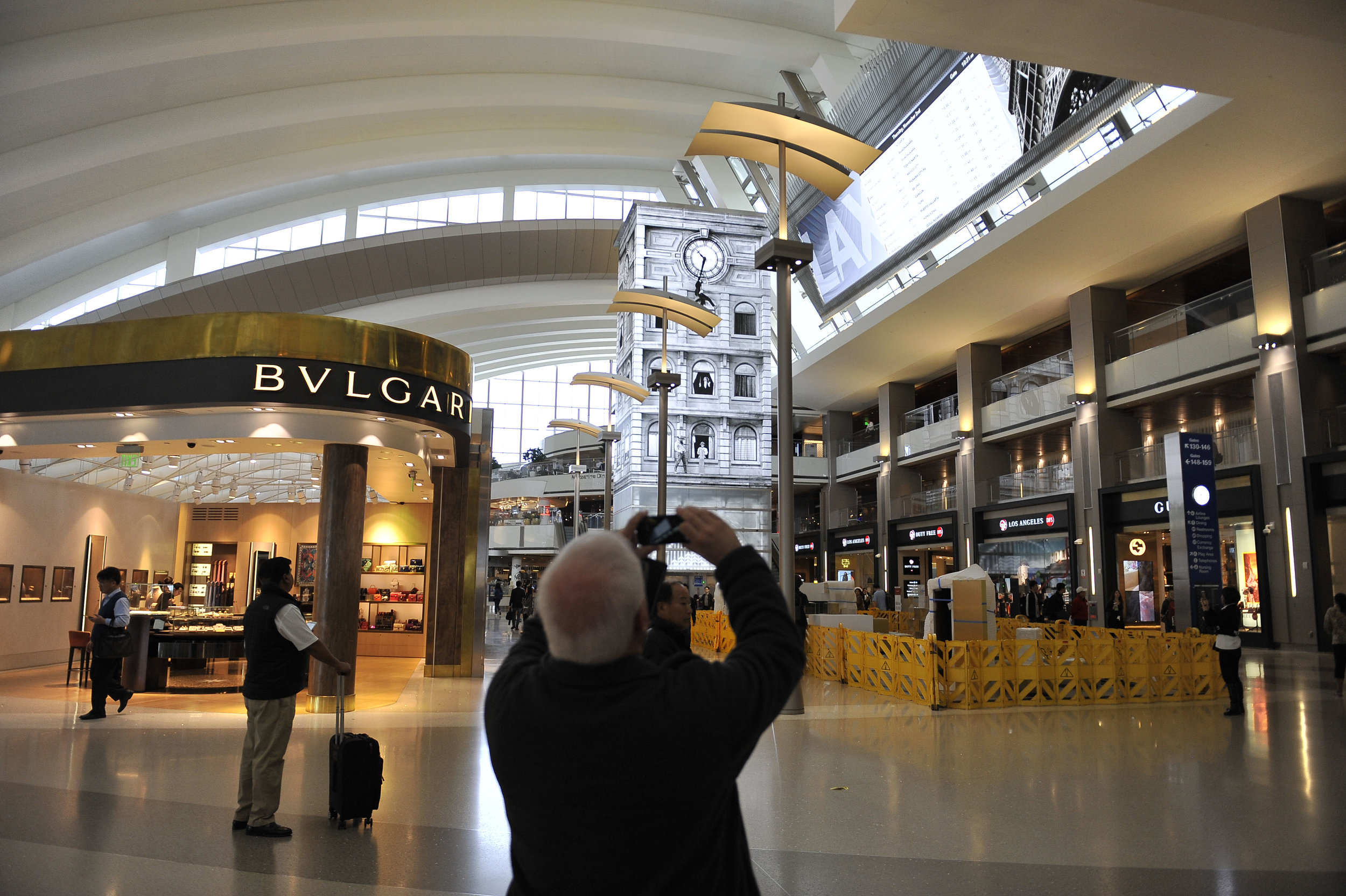
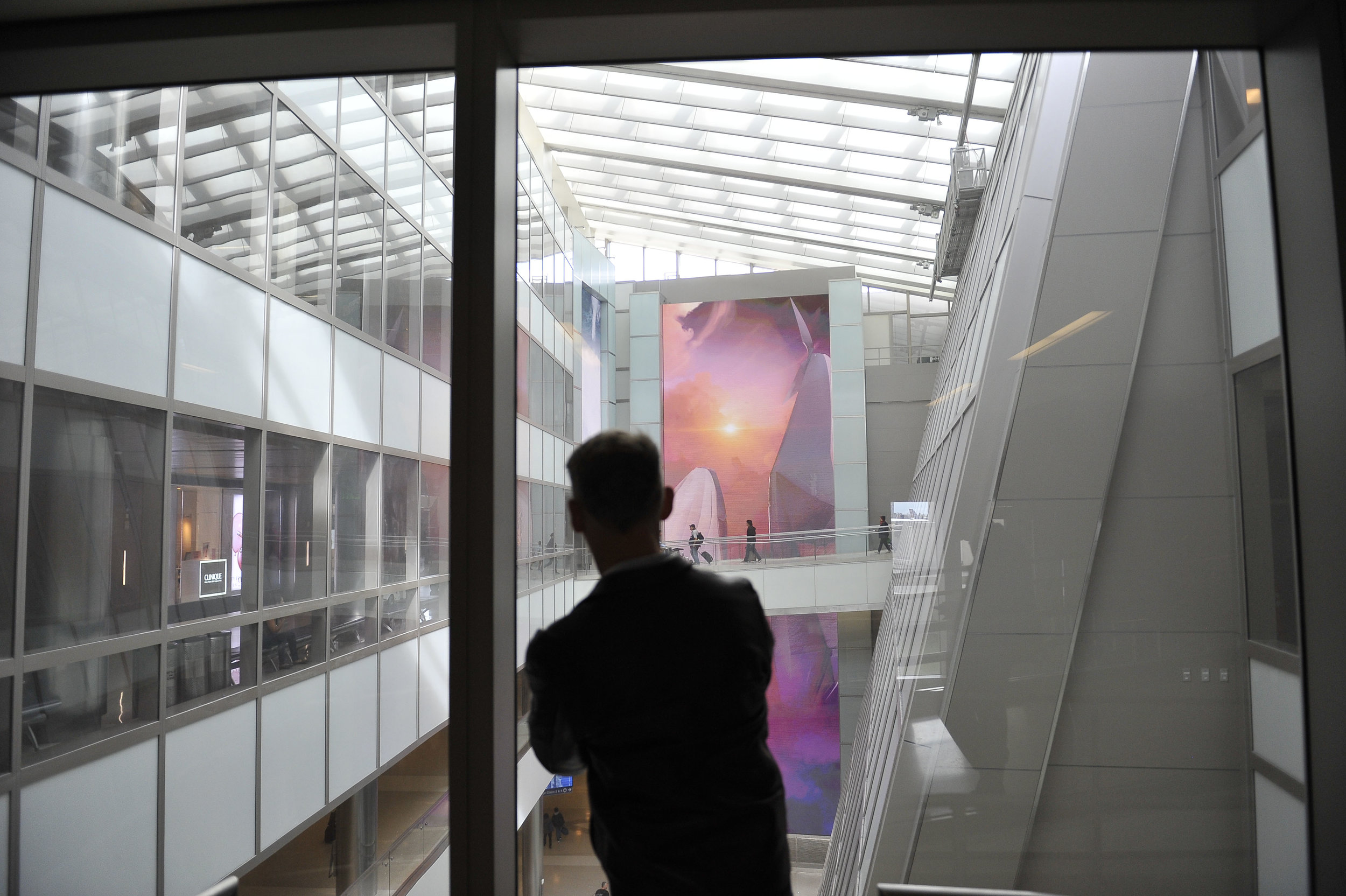
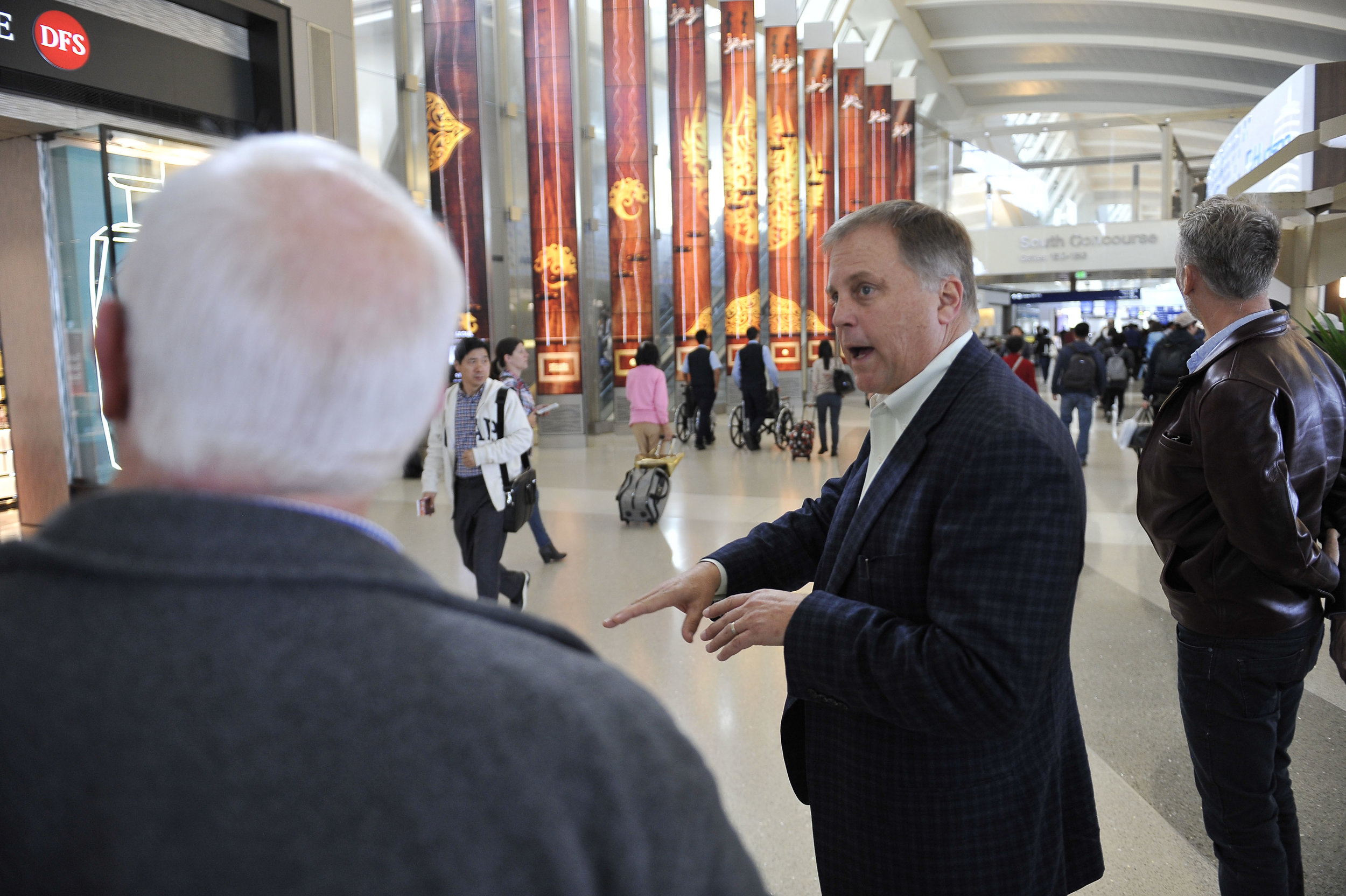

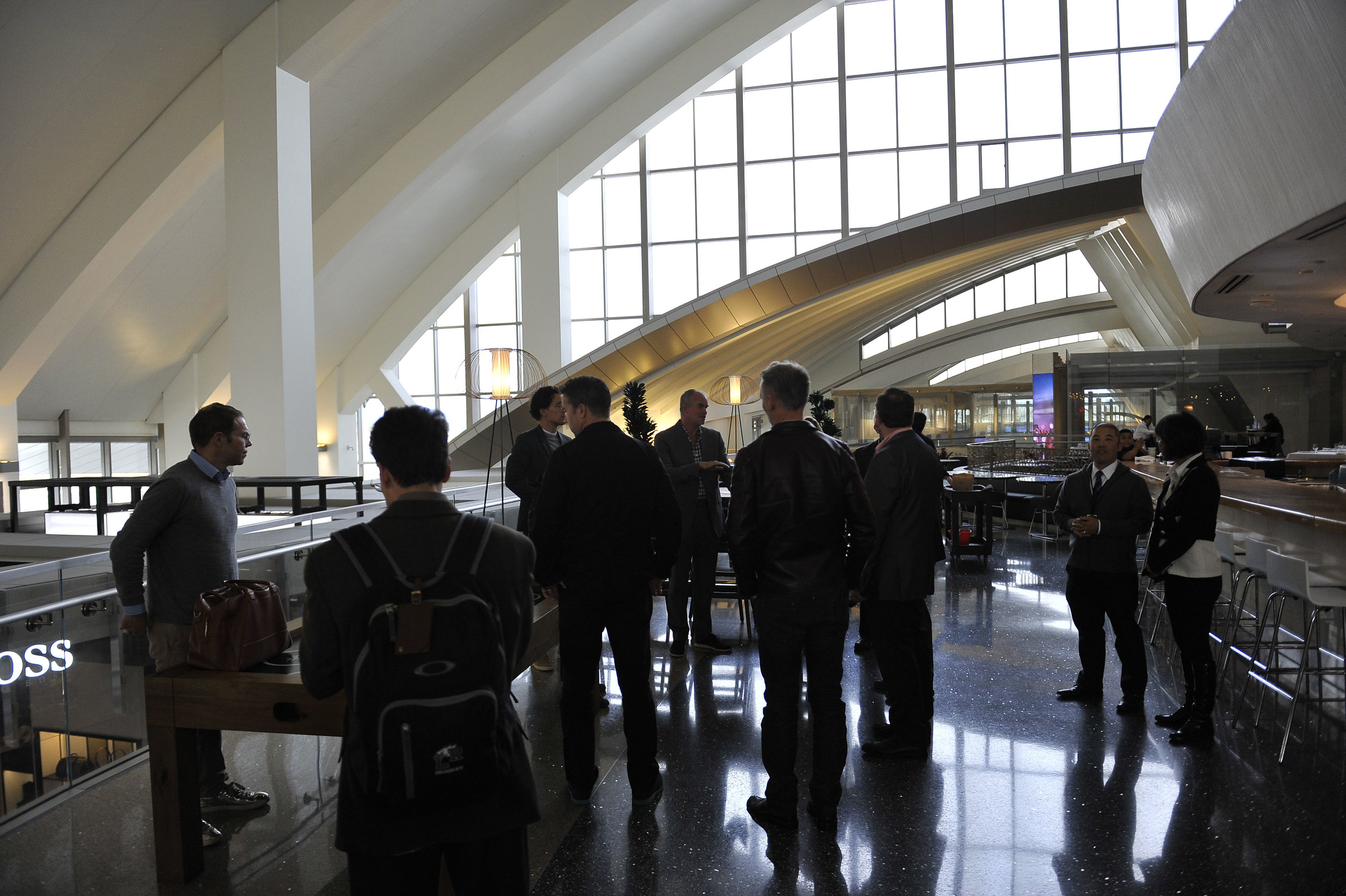
KEYNOTE I:
BLAKE SCHOLL, CEO, BOOM SUPERSONIC
Thursday, November 2, 2017
PERIPHERAL VISION
THURSDAY, NOVEMBER 2, 2017
Disruptive innovations in technology, business and society are set to revolutionize the relationship between airports and cities. Once considered disconnected by necessity, the airport of the future could reconnect to urban centers and their economies. The impact of innovation often goes unrealized until it turns an industry on its head. Stakeholders in aviation and urban development must work together to anticipate inevitable changes in the architecture of flight. Next generation autonomous devices, cutting edge ecological design and sharing economies promise to alter the airport landscape and shape its architectural contours. From zoning to parking, radical transformations lie in the immediate vicinity of airports.
Benedikt Boucsein, BHSF Architects
Mark Waier, Los Angeles World Airports
Jackie Coburn, Arup
Bruce Upbin, Hyperloop One
Moderated by Max Hirsh, University of Hong Kong
LET ME ENTERTAIN YOU
Thursday, November 2, 2017
In its infancy, air travel offered spectacle and amusement. Now more than ever, airports play a powerful role in consumer and popular culture, not just for frequent yers. Digital media and spatial design offer a vast marketplace of information that can facilitate mobile commerce and enhance social interactions. The spectrum of data that permeates airport environments will only continue to expand. Architecture will need to incorporate and organize multi-sensory experiences that optimize way-finding and enjoyment.
Devin Liddell, Teague
M. Casey Rehm, SCI-Arc
Samantha Flores, Corgan
Nikolaus Hafermaas, Ueberall International
Moderated by Harvey Molotch, New York University
KEYNOTE II:
Dr. Benjamin Bratton, Director, Center for Design and Geopolitics, UC San Diego
Friday, November 3rd, 2017
DEFINING THE COMMONS
Friday, November 3, 2017
Since their inception as spaces for transit, airports have become important civic buildings, adopting signi cance in social, cultural and public life. Despite how accessible they may look or feel, airports follow carefully managed formulas of ownership and access. Architecture must develop methods for co-creating open and secure air terminal spaces. Airports have the potential to host a collaborative dialogue between public and private stakeholders, while adopting inventive platforms for participation and knowledge exchange. The unique role of airports as public spaces profoundly impact the development of policies, regulations and legal frameworks that determine the shifting business models for their operation.
Christopher Hawthorne, The Los Angeles Times
Cynthia Nikitin, Project for Public Spaces
Curtis Fentress, Fentress Architects
Andrew Vasey, Vasey Aviation Group
Moderated by Greg Lindsay, New Cities Foundation
DEFINING THE COMMONS
Friday, November 3rd, 2017
Because of the unprecedented demands in size, performance, and construction constraints airports are perfect test beds for computational design, rapid prototyping and digital fabrication. Architecture is pioneering technologies that allow for greater sophistication in form finding, materiality and manufacturing efficiency. Ingenious ways of re-mastering old approaches to design and production are powerful vehicles for exploration and ground-breaking experimentation. From structures to materials, construction to operation, airport mega projects challenge designers to push the envelope in the production of highly complex buildings.
Hernan Diaz Alonso, SCI-Arc
Benjamin Ball, Ball-Nogues Studio
Bill Kreysler, Kreysler & Associates
Marta Nowak, UCLA
Moderated by Mario C. Diaz, Houston Airport System
SITE VISIT: LOS ANGELES METRO
friday, November 3, 2017

